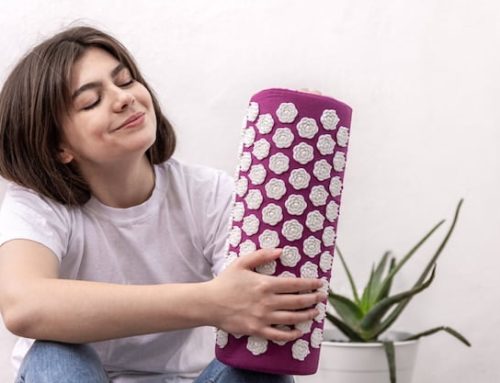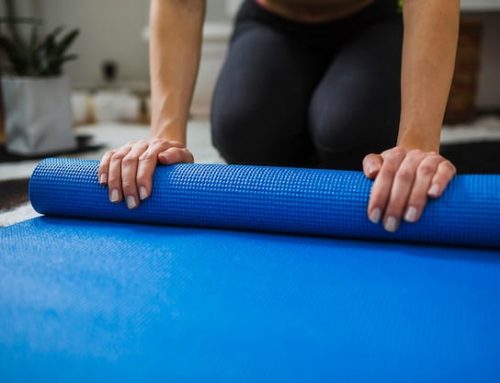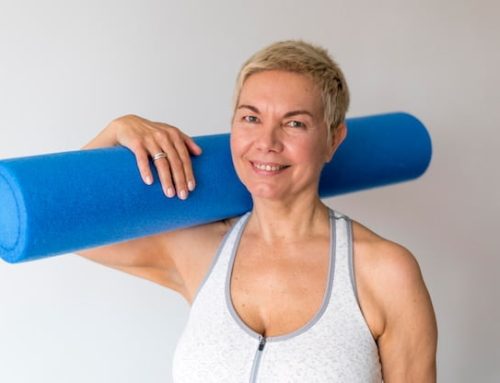Introduction
Foam rolling has become increasingly popular over the years as a way to help alleviate muscle soreness, increase flexibility, and improve overall performance. While it’s commonly used on the legs, back, and arms, many athletes and fitness enthusiasts wonder if foam rolling the hips is beneficial. In this article, we’ll explore the benefits of foam rolling your hips, how to do it correctly, and when it may not be appropriate.
The Benefits of Foam Rolling Your Hips
The hips are a complex and vital joint in the body that can benefit greatly from foam rolling. Here are a few reasons why:
Increased Range of Motion
Foam rolling your hips can help to decrease muscle tension and increase your range of motion. This is especially beneficial for those who sit for long periods of time or participate in activities that require a lot of hip flexion, such as running or cycling.
Pain Relief
Foam rolling your hips can also help to relieve pain in the lower back and hips. This is because it targets the muscles surrounding the hips, including the glutes and hip flexors, which can become tight and cause discomfort.
Better Performance
By increasing range of motion and decreasing muscle tension, foam rolling your hips can also lead to better performance in activities that require hip mobility, such as squats, lunges, and deadlifts.
How to Foam Roll Your Hips
To foam roll your hips, follow these steps:
- Place the foam roller under one hip, with your other leg bent and foot on the ground for support.
- Slowly roll forward and backward, applying pressure to the muscles surrounding your hip.
- If you find a tender spot, hold the roller in that position for 10-30 seconds, or until you feel the muscle relax.
- Switch to the other hip and repeat the process.
When Not to Foam Roll Your Hips
While foam rolling your hips can be beneficial in many cases, there are times when it may not be appropriate. Here are a few examples:
Acute Injury
If you have an acute hip injury, such as a strain or tear, foam rolling may aggravate the injury and make it worse. It’s best to avoid foam rolling until the injury has healed.
Chronic Pain
If you have chronic hip pain, foam rolling may provide temporary relief, but it may not address the root cause of the pain. It’s best to consult with a healthcare professional to determine the best course of treatment.
Pregnancy
Foam rolling the hips during pregnancy is generally not recommended, as it can put pressure on the pelvic floor and potentially harm the baby. It’s best to consult with a healthcare professional before attempting any foam rolling during pregnancy.
Conclusion
Foam rolling your hips can be a beneficial addition to your workout routine, helping to increase range of motion, relieve pain, and improve performance. However, it’s important to do it correctly and to avoid foam rolling during certain situations, such as acute injury or pregnancy. As always, consult with a healthcare professional before attempting any new exercises or techniques to ensure it’s safe for your individual needs.






